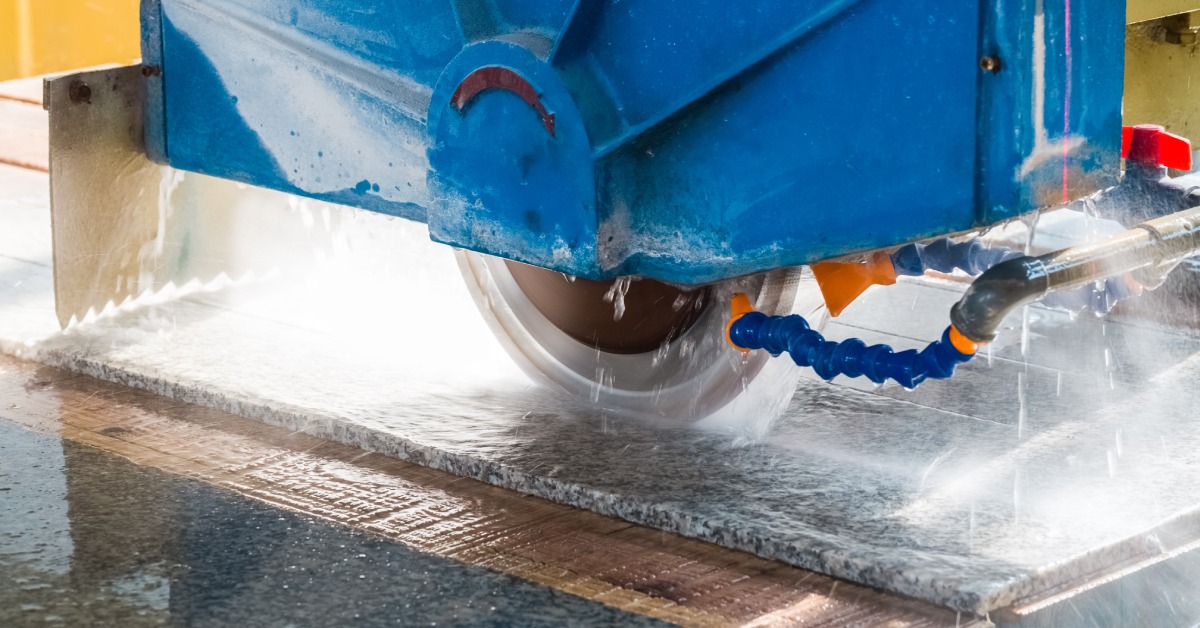Innovations That Have Changed Material Handling Equipment
Material handling has evolved with groundbreaking advancements that enhance efficiency, safety, and productivity in industrial operations around the world.

FREE SHIPPING FOR ALL ORDERS ABOVE $250 | Except LTL Shipments

Material handling has evolved with groundbreaking advancements that enhance efficiency, safety, and productivity in industrial operations around the world.
Deciding between manual and automatic tile cutters? Compare their features, efficiency, and ease of use to choose the right tool for precise tile cutting.
Prevent errors in natural stone projects and achieve flawless results and long-lasting pieces with the following advice on proper techniques and care.
In the stone and tiling industry, the bridge saw is one of the most important pieces of equipment. It’s integral to precisely and consistently cutting into slabs like granite, marble, and more. But bridge saw blades don’t last forever, and knowing when to replace bridge saw blade is crucial for maintaining high-quality cuts and equipment safety.
Operators and bridge saw blade owners must understand the symptoms of a dull blade to replace it before it creates problems. Below, we’ll cover the warning signs you need to replace your bridge saw blade. We’ll tell you how to select the right replacement blade and offer maintenance tips for greater blade longevity.
Before we start, bridge saw operators and maintenance personnel should understand the basic lifespan of a bridge saw blade. Bridge saw blades can endure heavy-duty use, but their longevity depends on certain factors.
Typically, a high-quality diamond blade can last anywhere from 4 to 12 weeks of continuous use. However, variables such as the type of stone being cut, the frequency of use, and the maintenance of the blade can affect this duration. Operators should be on the lookout for signs of a dull blade after just a month of use.
A dull bridge saw blade will create many problems when cutting stone slabs, so operators must stay on top of the replacement to ensure quality and precise cuts. Below are some signs you need to replace your bridge saw blade promptly.

One of the most telling signs of a worn-out bridge saw blade is inconsistent cutting. If you notice that your cuts are no longer clean or precise, the blade has become dull.
A dull blade affects the stone’s finish and can lead to increased material waste, which is expensive. If the bridge saw is making incorrect and inconsistent cuts, the blade is the first thing operators should inspect.
While some vibrations are normal during cutting, excessive vibrations should raise a red flag. This can stem from a worn-out blade, compromising accuracy and safety.
Unchecked and extreme vibrations lead to misaligned cuts, damaging both the workpiece and the equipment. The difference in vibrations can be subtle, so operators must pay close attention during each cut, especially when the blade nears the end of its lifespan.
One of the clearest signs you need to replace your bridge saw blade is if there’s visible, noticeable damage to the blade. This is why regular inspection of the machine and blade is crucial to ensure the blade is damage-free and safe to use.
Examine your blade for cracks, chips, or missing segments. Visible damage reduces performance and poses serious safety risks. A compromised blade may break during operation, potentially harming the operator and the equipment.
A dull blade won’t cut as well or as fast as a sharp one, so naturally, if the bridge saw takes longer to make its usual cuts, it’s likely due to the blade. A sharp blade should glide through the material effortlessly, but a dull one will struggle, requiring more time and energy. Monitoring your cutting times can offer insights into your blade’s condition.
Unusual sounds, such as grinding or squealing during cutting, can be symptoms of a dull or damaged blade. These noises indicate increased friction between the blade and the material, which can lead to overheating and further damage.
Bridge saws are notoriously loud machines, but their noise is consistent. If you notice unusual sounds during cutting, you should check the blade immediately.
Burn marks or scorch signs on your material indicate the blade is not sharp enough to make effective cuts. Not only does this affect the quality of the product, but it also poses a potential fire hazard. Burns and scorch marks should be easy to spot, so if you see them, inspect the blade and its sharpness immediately.
If it’s time to swap out the old bridge saw blade for a new one, there are many factors to consider to find the ideal blade for your machine.

Different materials require specific blade types for effective cutting. Whether you are working with stone, metal, wood, or composite materials, select a blade for the specific characteristics of the material at hand. For hard stone materials, a granite bridge saw blade is ideal, while carbide-tipped blades work well for softer woods.
The finish quality of the cut is another important factor when considering bridge saw blades. If you need a smooth, polished edge, opt for blades meant for finer finishes.
If speed is of the essence, and the final appearance is less critical, a more aggressive cutting blade may be appropriate. Always assess the finish requirements of your project before selecting a blade.
Different cutting machines have unique specifications, including RPM settings, arbor sizes, and power capabilities. Make sure the replacement blade you choose is compatible with your machine’s specifications for safety and performance. Refer to the machine’s manual, or consult with the manufacturer if you’re unsure.
Investing in high-quality blades is vital for achieving precise cuts and durability. While you may want to look for the most affordable options, the trade-off in quality can lead to greater and more costly problems down the line.
Brands like Detroit Diamond Tools offer blades to withstand heavy-duty use while delivering clean cuts. Quality blades enhance performance and reduce the frequency of replacements, ultimately saving you time and money.
When in doubt, experts and manufacturers can provide valuable insights into your cutting needs. They can recommend the best blades based on your application, material, and equipment.
At Detroit Diamond Tools, we’re experts on bridge saw blades. Whether you’re looking for the right size or deciding between brands, our staff can help you find the ideal blade for your saw.
Regular maintenance is crucial to prolong the longevity of your bridge saw blade and reduce the frequency of replacements. Clean your saw blades after each use to prevent debris buildup. Operators should also ensure correct blade alignment with the machine, as misalignment can cause unnecessary wear and tear.
Additionally, using adequate water for cooling during operation is vital to prevent overheating, which can warp the blade and affect its cutting precision. It’s best to use clean, filtered water to avoid introducing contaminants that could damage the blade. Follow these maintenance practices to enhance the lifespan of your bridge saw blades and ensure consistent cutting quality.
High-quality work demands high-quality tools, so you must recognize the signs of a worn-out bridge saw blade, and take proactive measures to maintain efficiency and precision in stone cutting. If you need a replacement blade for your bridge saw, Detroit Diamond Tools has got you covered. Browse our wide selection of saw blades and more online, or contact our staff to talk with a saw blade expert today.
A high-quality bridge saw blade can last between 4 to 12 weeks of regular use. However, this depends on the material being cut, how often it’s used, and whether proper maintenance is followed. Monitoring cutting performance is key to knowing when to replace bridge saw blade for optimal results.
Common signs include inconsistent cuts, visible damage, increased cutting time, unusual vibrations, and strange noises. If your blade shows any of these symptoms, it’s time to replace your bridge saw blade to avoid quality and safety issues.
Yes, a dull blade can cause chipping, cracking, or burn marks on stone surfaces. This not only wastes material but compromises project quality.
Routine maintenance like cleaning the blade, aligning it properly, and using adequate water cooling can extend its life.
We inventory products you see on our site
On all ground shipping Items
We'll beat the price from any competitor
Dedicated sales & support team
